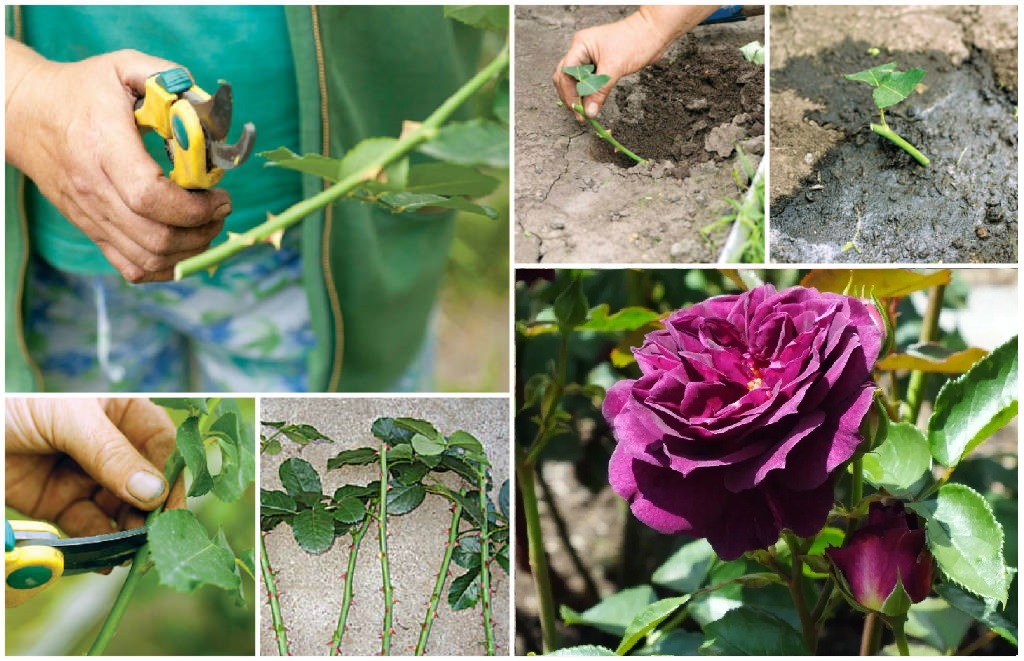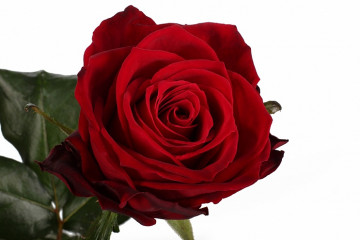Rose Ebb Tide (Ebb Tide or Purple Eden) - planting and care
Content:
The magnificently blooming Ebb Tide rose, becoming a garden decoration, will invariably attract admiring glances to itself. Purple-violet flowers, exuding the most delicate apple-clove aroma, will impress even the most discerning gardeners.
Description of the variety and history of creation
Ebb Tide is a rose that belongs to the floribund group, that is, spray roses with inflorescences. Floribundas are extraordinarily beautiful and are in no way inferior in competition to hybrid tea varieties. Abb Tide was obtained by American breeders of the Carruth company in 2001. It also has the names Weksmopur and Purple Eden.
The main characteristics of the variety include densely double lace flowers of a plum-smoky shade, formed by dense velvety petals. As the flower blooms, the petals fade in the sun and change color from juicy bright shades to lighter ones. The diameter of the flower is 9-12 cm. The inflorescences are racemose, consisting of 3-5 buds. Spicy clove aroma with hints of apple. Compact bushes of Ebb Tide up to 80 cm high. Peduncles are erect without thorns. The foliage is shiny, green, deep in color.
Abb Tide is suitable for placement in flower beds, along paths, in mixborders. Neighborhood with barberry, delphiniums, foxglove, hosts, miniature conifers, silver wormwood and many others is acceptable. Single bushes of this variety look spectacular in the middle of the lawn. Can be used to decorate hedges, as well as growing in containers or in a standard form.
Growing a flower
Purple Eden is a rose that requires careful selection of an area well lit by diffused sunlight, protected from the wind. Prefers light, loose loamy soils. When landing, proceed as follows:
- the site for planting is dug up in advance, introducing organic fertilizers;
- prepare a pit 50 cm deep and wide;
- a layer of small stones is laid on the bottom of the pit and a mound of earth is poured;
- the seedling is lowered into the hole, spreading the roots;
- fill up the hole and tamp the soil so that the root collar is 2-5 cm in the ground;
- water the plant abundantly around the edges;
- after absorbing water, the trunk circle is mulched with peat, straw or expanded clay.
Plant care
Floribundas require a lot of nutrients throughout their life to form many buds and flowers. Therefore, the most important thing when growing Ebb Tide is to provide proper care and comfortable conditions: timely watering, weeding, fertilizing, loosening and mulching the soil, autumn and spring pruning of the bush, removal of dry buds.
An adult bush needs moderate watering in the morning or evening twice a week (20-25 liters of cold water). In order not to water the plant too often, the soil in the near-stem circle is loosened and mulched a day after moistening. As a top dressing in the spring, organic fertilizers are applied under the Ebb Tide bush, and during the period of bud formation and flowering, phosphorus-potassium concentrate. Weeding under a rose bush helps preserve nutrients in the soil.
In order to rejuvenate the Ebb Tide, the bush must be cut off.In the spring, it is enough to leave 4-5 shortened shoots on the plant. Weak and dry branches are removed completely. In the autumn, all branches are slightly pruned by the bush.
The Ebb Tide stamper is cut in the same way as the shrub. If this is not done, the branches will become too long and the bush will lose its shape. Covering the bole for the winter, it should be bent to the ground, and only after that it should be insulated.
Blooming rose
Rose Ash Eden, according to the description, is multi-flowering. The bush blooms from June to the end of summer, magnificently, for a long time. To prolong this, during the growth of the green mass and a set of buds, the rose should be watered more abundantly. In addition, the plant responds well to additional specialized fertilizer for floribunda. Subject to these rules, the rose will bloom.
Flower propagation
The best way to propagate floribundas is by cuttings. To do this, woody shoots are cut into cuttings 8 cm long. In this case, the upper cut is made even, and the lower one - at an angle of 45⁰. The seedlings are placed in holes with a diameter of 15 cm, added dropwise and covered with foil. The distance between the holes should be at least 20 cm. The cuttings are regularly watered, loosened the earth around them, fed and "allowed to breathe" by removing the film. For the winter, cuttings, like adult plants, are covered. The inflorescences of the first year after planting must be removed, allowing the bush to take root well. You can transplant a young plant to a permanent place after three years.
Diseases, pests and ways to control them
Floribunda roses, including Ebb Tide, are most commonly affected by black spot, rust and powdery mildew. Of the pests, the most common pests for them are bronze, rose-colored aphid and rose-colored sawfly. To protect the rose, it should be treated with insecticides and fungicides 2-3 times per season for prophylaxis. Spraying can reduce the risk of pests and diseases.
For fans of unusual flower colors, the Pearl Eden rose will be listed as a favorite as soon as the plant comes into force (from about 2-3 years of age). The continuous flowering of this variety will delight the eye throughout the summer and fall.



















